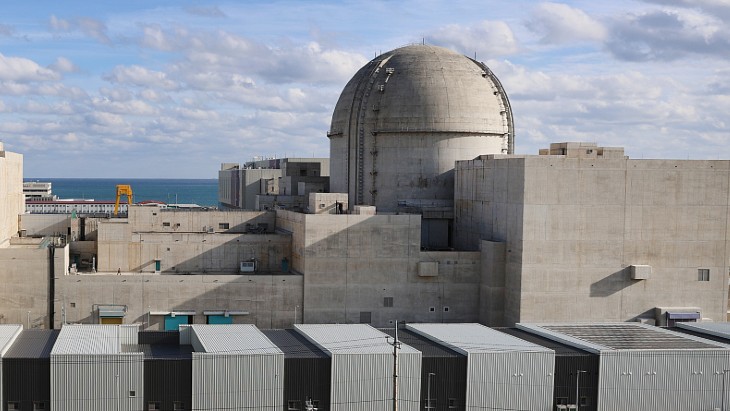The company is testing two new concepts at the laboratory: a chromium-coated cladding, designed to protect the fuel cladding from damage and oxidation at higher temperatures; and chromia-doped fuel pellets, which are expected to last longer and perform better under accident conditions.
Twenty-six miniature fuel rods are being tested in a special test loop that mimics the coolant conditions of a commercial light water reactor. The ATR can rapidly age fuel samples to duplicate years of neutron damage in months. The fuel performance data will then be used to help qualify the fuels with the US Nuclear Regulatory Commission.
The current experiment is due to run until January 2021, with additional fuel rods from other ATFs being developed under the DOE's ATF programme expected to be added later this year. The fuels will then be used in tests at the Transient Reactor Test Facility, also at Idaho National Laboratory, to help determine their safe operating limits.
ATFs employ advanced cladding materials and fuel pellet designs to increase the safety and performance of nuclear fuels. They have the potential to endure the loss of cooling in a reactor core for longer than current fuel designs and widen the existing safety margin for nuclear plants, and can improve the performance of existing nuclear plants with longer-lasting fuel as well as paving the way for licensing fuels for advanced reactors.
Framatome is one of three companies - the others are Global Nuclear Fuel (GNF) and Westinghouse - working with the DOE to commercialise their ATF concepts by 2025. The DOE's ATF programme was launched following the 2011 Fukushima Daiichi accident and aims to demonstrate performance by inserting ATF technology into a commercial reactor by 2022, and bring advanced fuel concepts to market by 2025. This accelerated timeframe is critical if ATFs are to benefit the current fleet of operating nuclear reactors, many of which are currently licensed to operate into the 2030s.
"Getting these ATFs to market before then would increase their performance and improve their prospects for extended operation," the DOE said.
Lead test assemblies of GNF's IronClad and ARMOR ATFs were loaded into Southern Nuclear Operating Company's Hatch unit 1 in March. Lead test rods of Westinghouse's EnCore ATF, which is being developed in two phases, are due to be loaded into Exelon's Byron unit 2 in early 2019.

.jpg)



_72306.jpg)


_49562.jpg)





